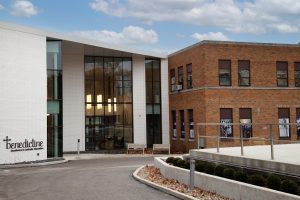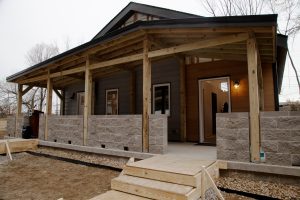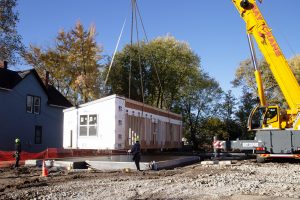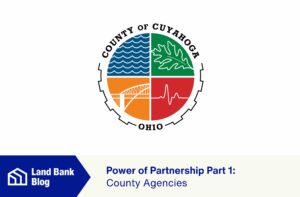Blog
Cuyahoga Land Bank, Cleveland Housing Investment Fund Behind New Clark-Fulton Aging in Place Housing
The long-awaited groundbreaking of a 52-unit senior-living apartment complex on Cleveland’s near West Side marks the first investment of a unique public-private partnership fund announced








